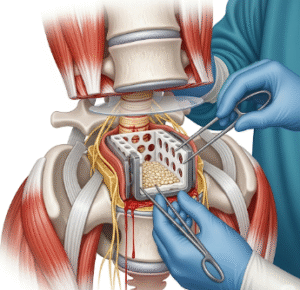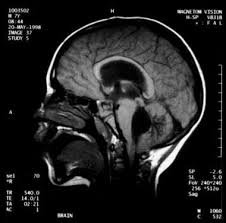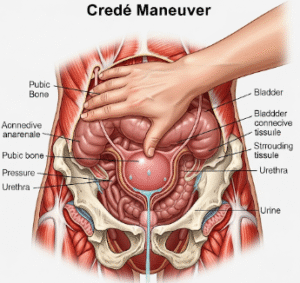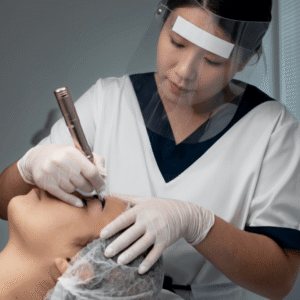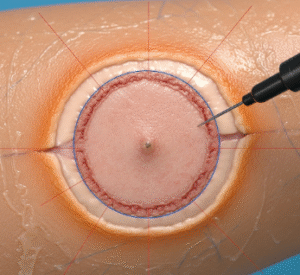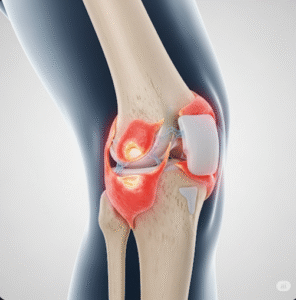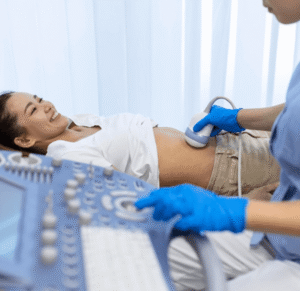What It Is
A columellar strut graft is a rhinoplasty technique used to support and define the nasal tip. The procedure involves placing a small cartilage graft between the medial crura of the lower lateral cartilages to enhance tip projection, rotation, and stability. This technique is often combined with other nasal surgeries to achieve balanced and long-lasting aesthetic results.
Why It’s Done
The columellar strut graft is chosen to correct weak, drooping, or under-projected nasal tips. It is commonly performed in patients with congenital nasal tip deficiencies, post-traumatic deformities, or previous rhinoplasties that resulted in inadequate tip support. The procedure helps improve both cosmetic appearance and nasal airway function in some cases.
Alternatives
Non-surgical alternatives include injectable fillers to temporarily augment the nasal tip; however, they cannot provide long-term structural support. Other surgical techniques like tip plasty or cartilage reshaping without a strut may be used depending on individual nasal anatomy.
Preparation
Patients undergo a consultation with a Korean plastic surgeon to evaluate nasal structure, skin thickness, and cartilage availability. Preoperative instructions typically include avoiding blood-thinning medications, smoking cessation, and completing necessary lab tests. Fasting is required if general anesthesia will be used.
How It’s Done
The procedure is performed under local anesthesia with sedation or general anesthesia. A small cartilage graft, usually harvested from the septum, ear, or rib, is carefully placed between the medial crura. The graft is secured to enhance tip projection and rotation. The surgery usually lasts 1–2 hours, often on an outpatient basis.
Recovery
Postoperative care involves managing swelling and mild discomfort. Patients are advised to avoid trauma to the nose, strenuous activities, and excessive facial movements for several weeks. Splints or internal nasal supports may be used temporarily. Follow-up visits ensure proper healing and desired tip positioning.
Possible Complications
Risks include graft visibility, infection, asymmetry, over- or under-projection of the tip, and dissatisfaction with cosmetic results. Selecting an experienced Korean surgeon reduces the likelihood of complications and enhances long-term outcomes.
Treatment Options in Korea
Diagnosis
Korean surgeons assess nasal tip support using physical examination, imaging, and 3D simulations. Functional evaluation ensures no breathing compromise.
Medical Treatments
Non-surgical filler injections can temporarily augment tip projection but cannot provide structural support.
Surgical or Advanced Therapies
Advanced Korean rhinoplasty techniques include precise cartilage harvesting, ultrathin grafting, and minimally invasive placement methods, ensuring natural and durable results.
Rehabilitation and Support
Recovery support includes detailed post-operative care instructions, swelling management, follow-up consultations, and access to international patient services for smooth recovery.
Advantages of receiving treatment in Korea include expert surgeons, cutting-edge surgical tools, precise planning with 3D imaging, cost-effective procedures, and excellent outcomes for both aesthetic and functional nasal correction.


